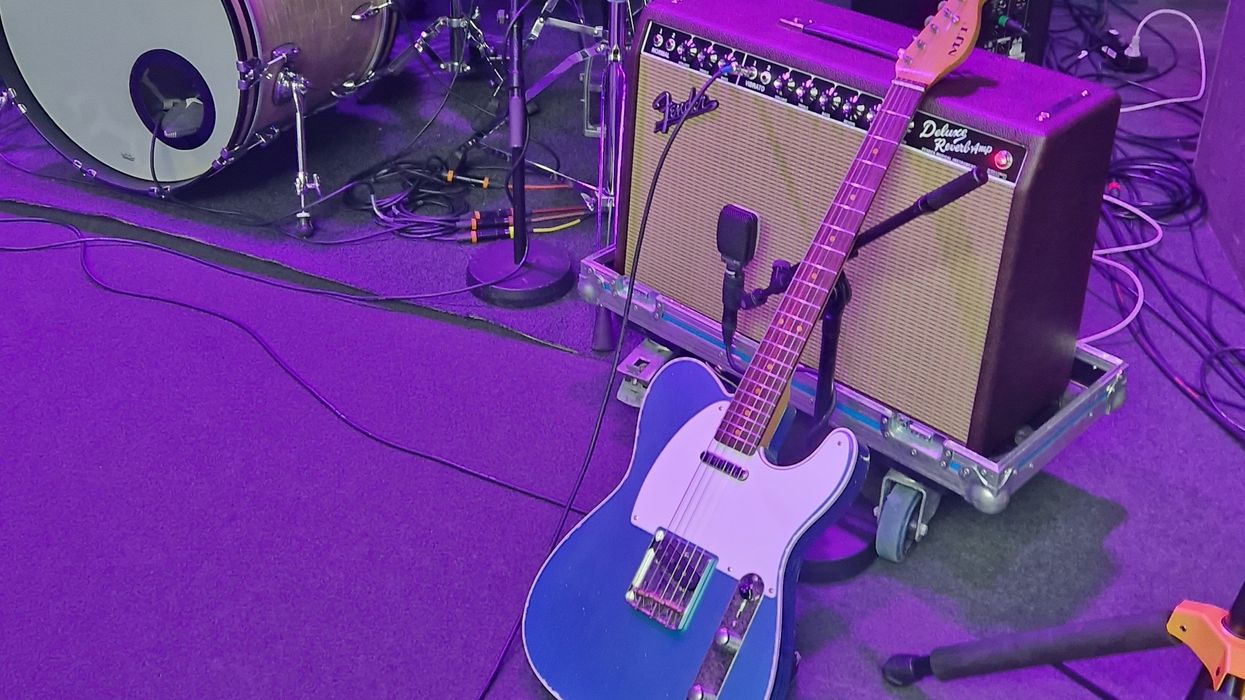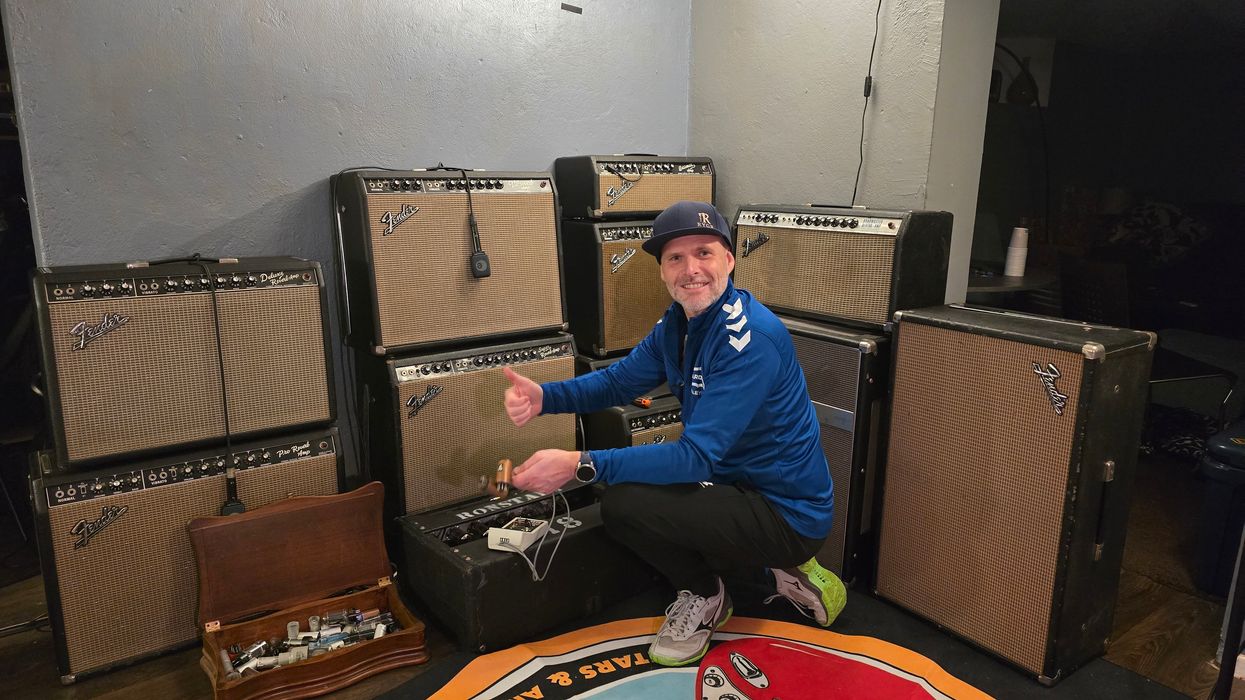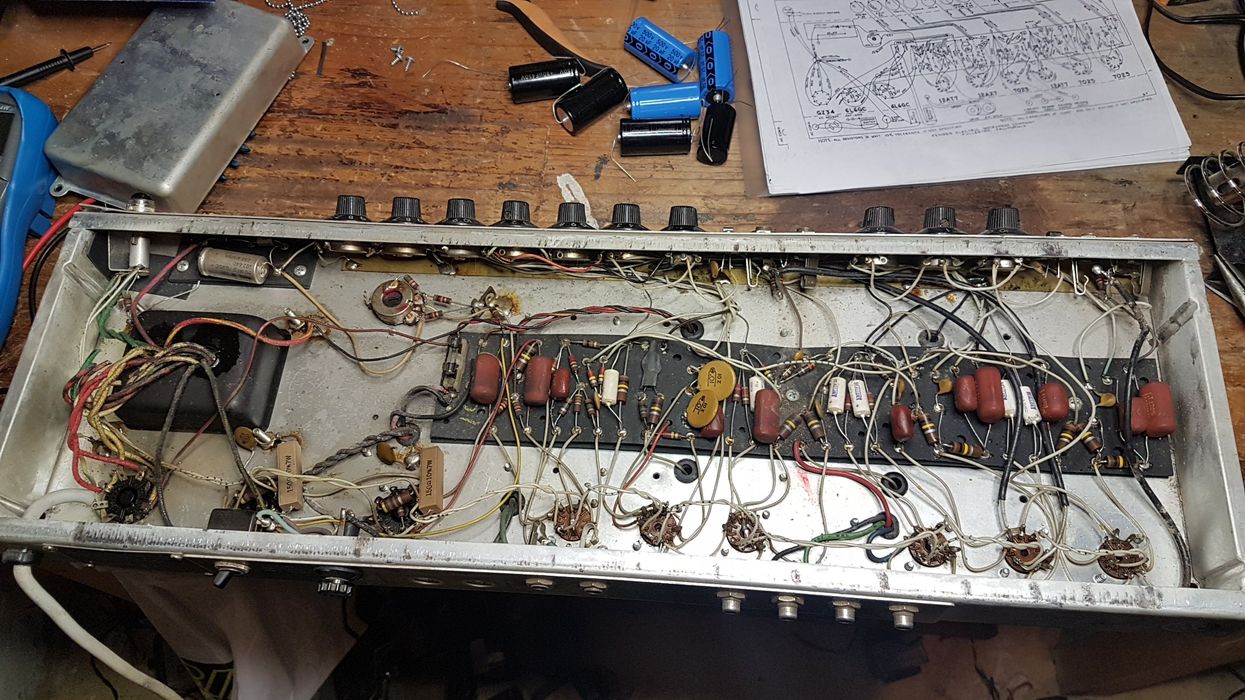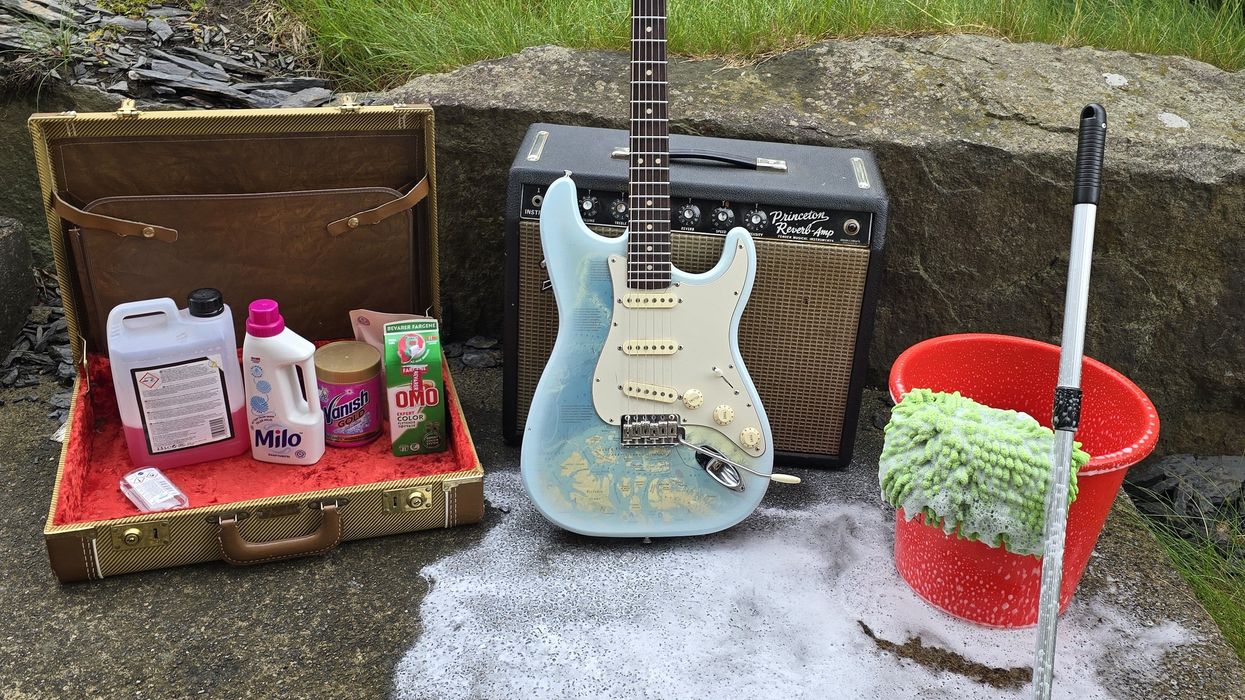I find endless fascination in experimenting with different combinations of guitars and amps. Many of you may also have made surprising discoveries with certain amps and guitars as “killer” combinations. In this column, we’ll delve into the reasons behind these magical pairings, and discuss how you can modify your amp to achieve the elusive tone that lingers in your mind day and night. While having a variety of amps at your disposal is one solution, it’s undeniably an expensive and impractical one. Fortunately, knowledge is a more accessible asset. In my previous column, I explored speaker cabinets that can expand the versatility of your amp. I recommend giving it a read, as it closely ties into this topic.
Let’s begin with the Les Paul. Its mahogany body and neck contribute to a warm tone with exceptional sustain and attack, attributes further enhanced by the fixed bridge and solidbody construction. While most people associate the Les Paul with Marshall amps for classic rock tones, I find its clean tone more intriguing and often overlooked. Recently, I have discovered several live performances by American blues guitarist Mike Welch on YouTube, showcasing a fantastic Les Paul tone: bright and clean, with crucial attack that heightens dynamics and “fingerspitzengefühl”—in short, intuition and sensitivity.
Here’s my approach to achieving a fabulous clean Les Paul tone with classic Fender amps. I’ve found that amps with all EQ controls (bass, mids, treble, and a bright switch) work best for me. This allows me to rein in the bass and add top-end sparkle. For amps lacking a mid control, such as the Princeton, Deluxe, and Pro, I recommend installing a 25k mid pot in the amp’s ground-lift spot. This modification widens the tonal range from extremely icy and scooped to full British warmth. The Les Paul’s humbuckers, with their significant bass and mids, pair well with larger Fender amps that offer clean headroom and a firm low end. Personally, a Twin Reverb or Super Reverb loaded with firm, American-style speakers is my preferred mate for a Les Paul, providing enough attack to prevent muddiness in the tone.
“Hollowbodies pose a challenge, as they can generate unpleasant, squealing feedback when too close to a loud and bass-y amp.”
Now, let’s shift our focus to Gibson’s semi-hollow and hollowbody ES guitars. These guitars exhibit a bit less attack and a more vibrant, acoustic flavor. The semi-hollow ES-335 pairs well with most Fender amps, given there’s enough clarity. However, hollowbodies pose a challenge, as they can generate unpleasant, squealing feedback when too close to a loud and bass-y amp. To counter this, I prefer smaller amps for smaller venues, such as the vibrato channel of the Deluxe Reverb, thanks to its bright cap. The Princeton Reverb and the Deluxe’s left, normal channel lack the sparkle and clarity I prefer with the airy Gibson ES guitars. Since I installed a 100 pF bright cap in my 1966 Princeton Reverb, it has proven to be a perfect match. But newer, brighter speakers can compensate for the missing bright cap, too.
If you predominantly use humbucker guitars with older Fender amps, consider swapping to a low-gain preamp tube to expand the amp’s volume control range. The 5751 tube, with a gain factor of 70–80, makes it easier to dial in a sweet spot, providing more usable span on the volume control than the original 12AX7, with its gain factor of 100. Using the amp’s second, low-impedance input can also lower volume and gain, but keep in mind that you’ll lose a bit of treble in the process. Therefore, reducing the preamp tube gain is a better option.
In the single-coil league, the strategies for achieving a desired tone are almost the opposite of the humbucker league. Here, the focus is on taming brightness and generating enough warmth, especially with Stratocasters that have bright and low-output pickups. Thicker strings and increased pickup height contribute to warmth, but pushing the amp hard enough is equally crucial. This causes it to break up in both the power amp and preamp sections, creating rich harmonics in the upper mid and treble frequencies. These harmonics balance and smooth out the guitar’s scooped tone. With larger Fender amps, I may want to reduce clean headroom by disengaging speakers to increase speaker impedance, or by swapping to less efficient speakers. An easy tube mod involves replacing the 12AT7 phase inverter tube with a 12AX7 to decrease clean headroom in the power amp section. You can find details on these well-known mods in my past columns.
Hopefully, these examples can inspire you to discover golden tones with the amps and guitars you already have.


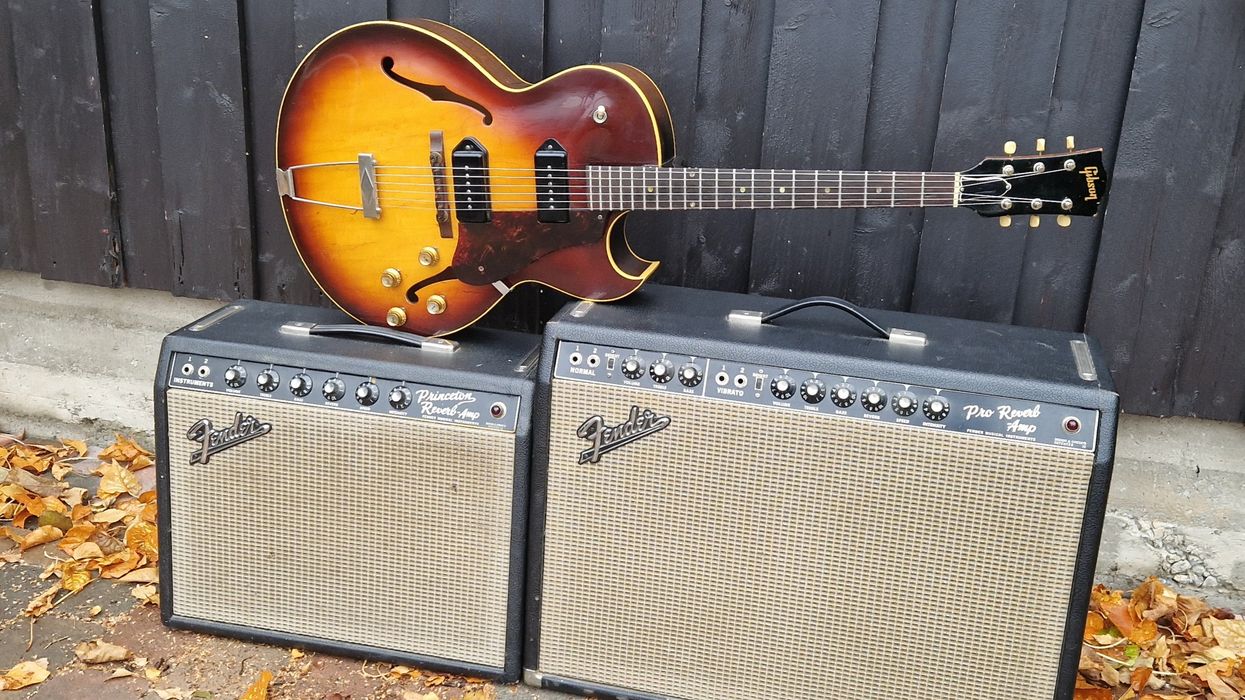



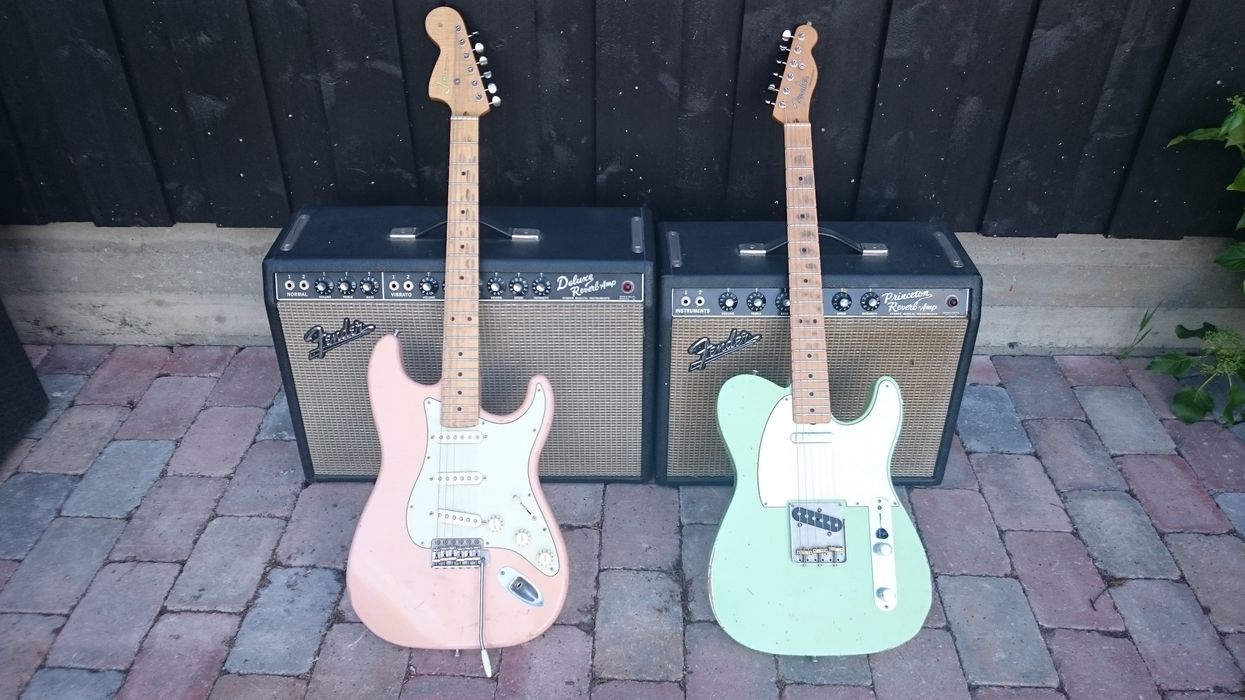
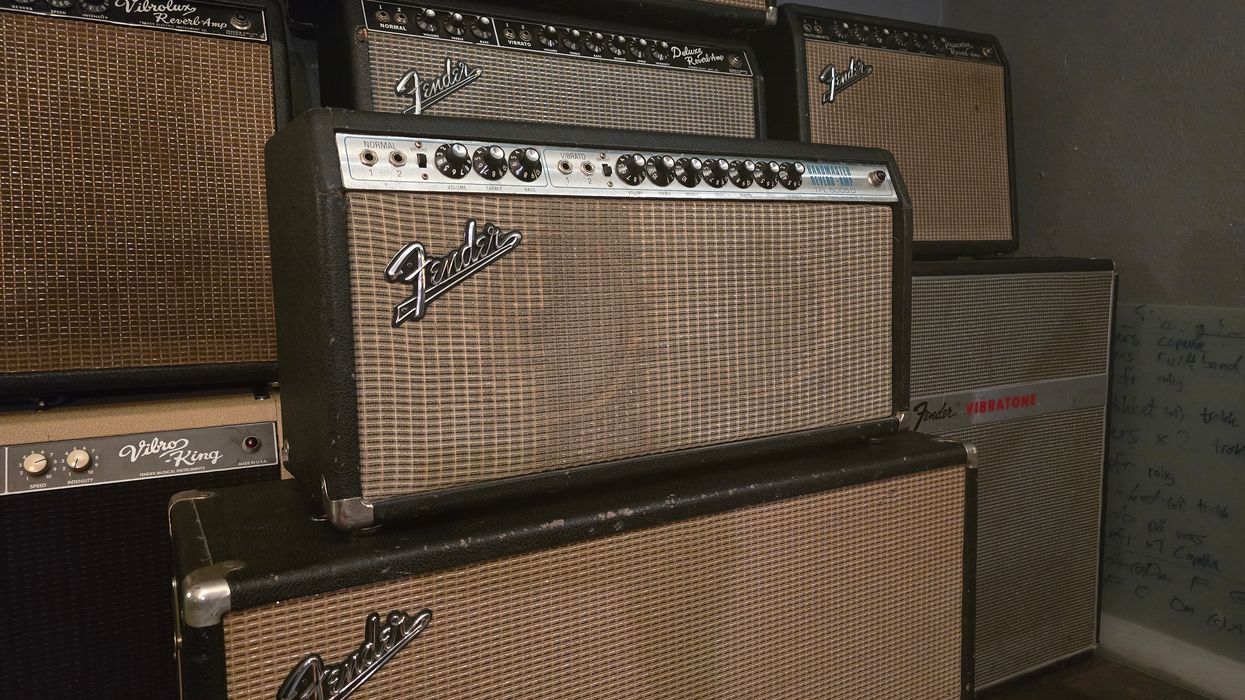
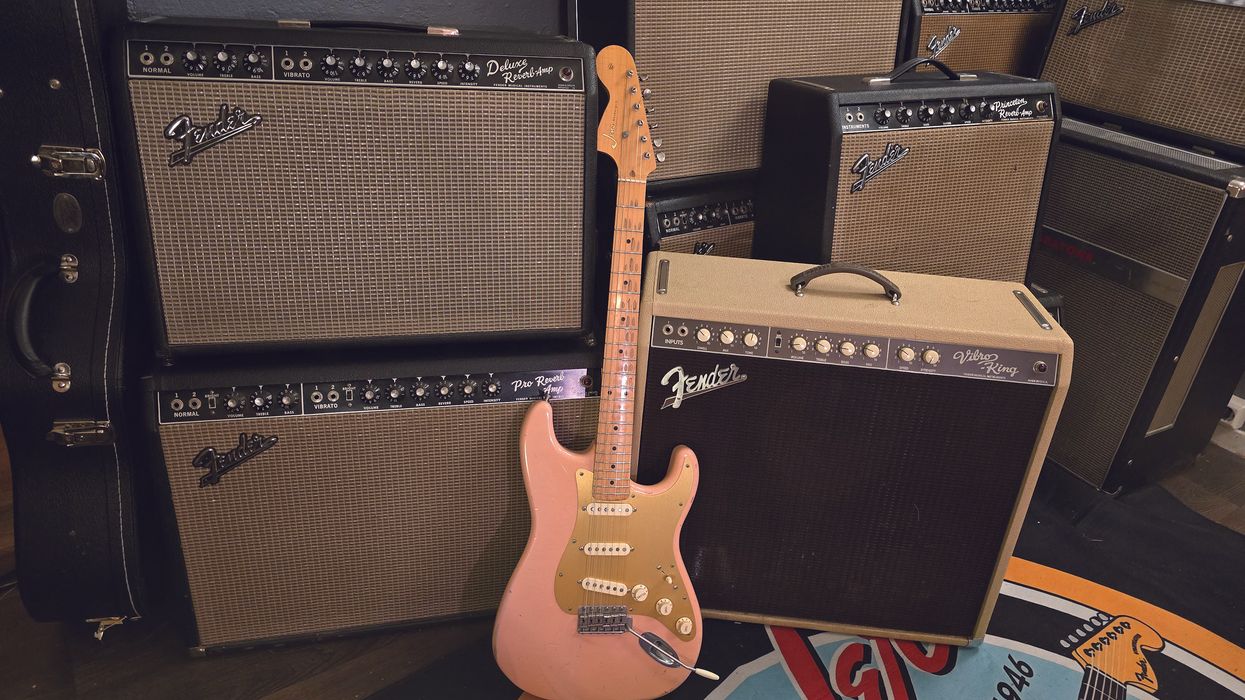


![Rig Rundown: Russian Circles’ Mike Sullivan [2025]](https://www.premierguitar.com/media-library/youtube.jpg?id=62303631&width=1245&height=700&quality=70&coordinates=0%2C0%2C0%2C0)



